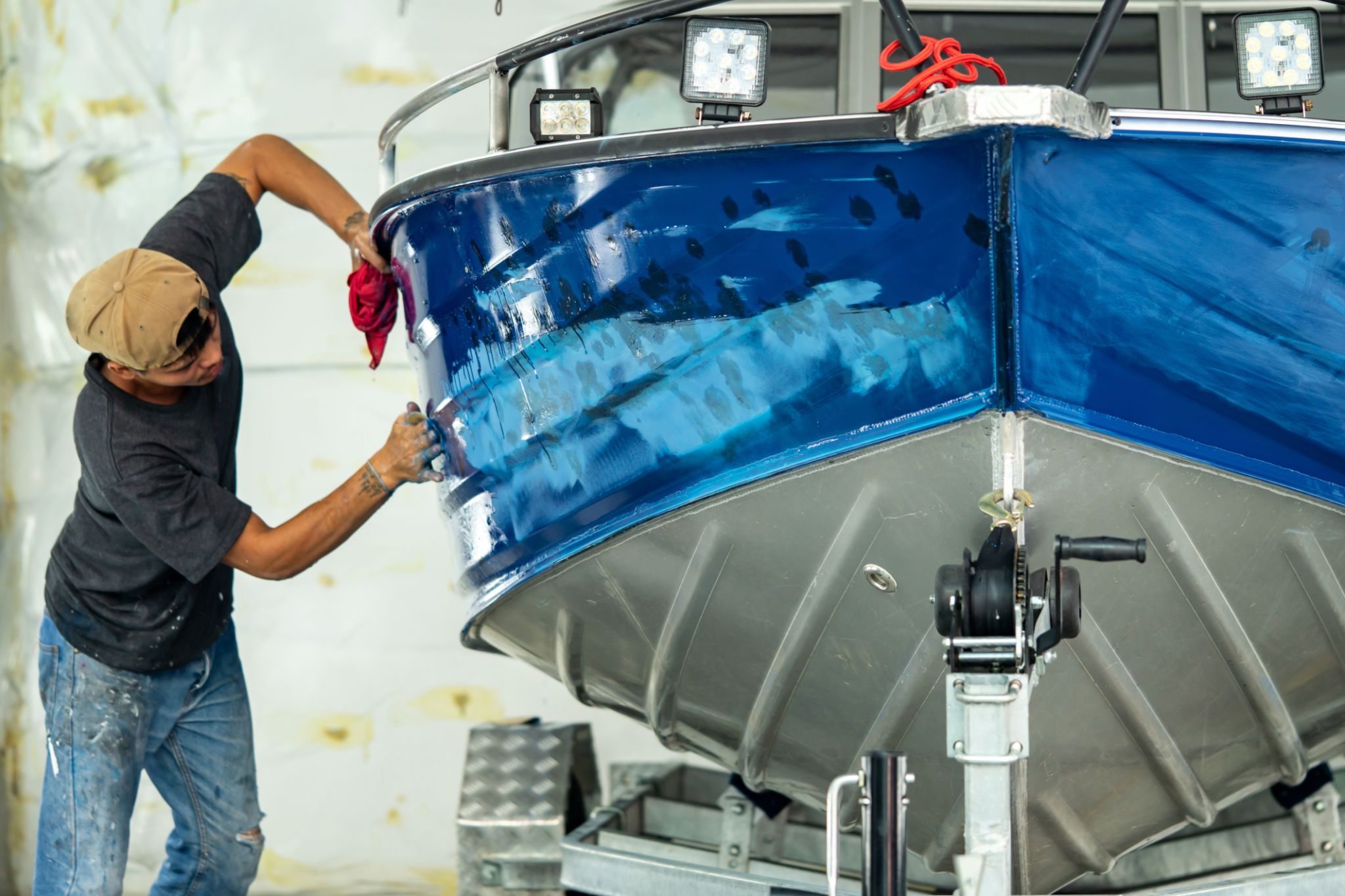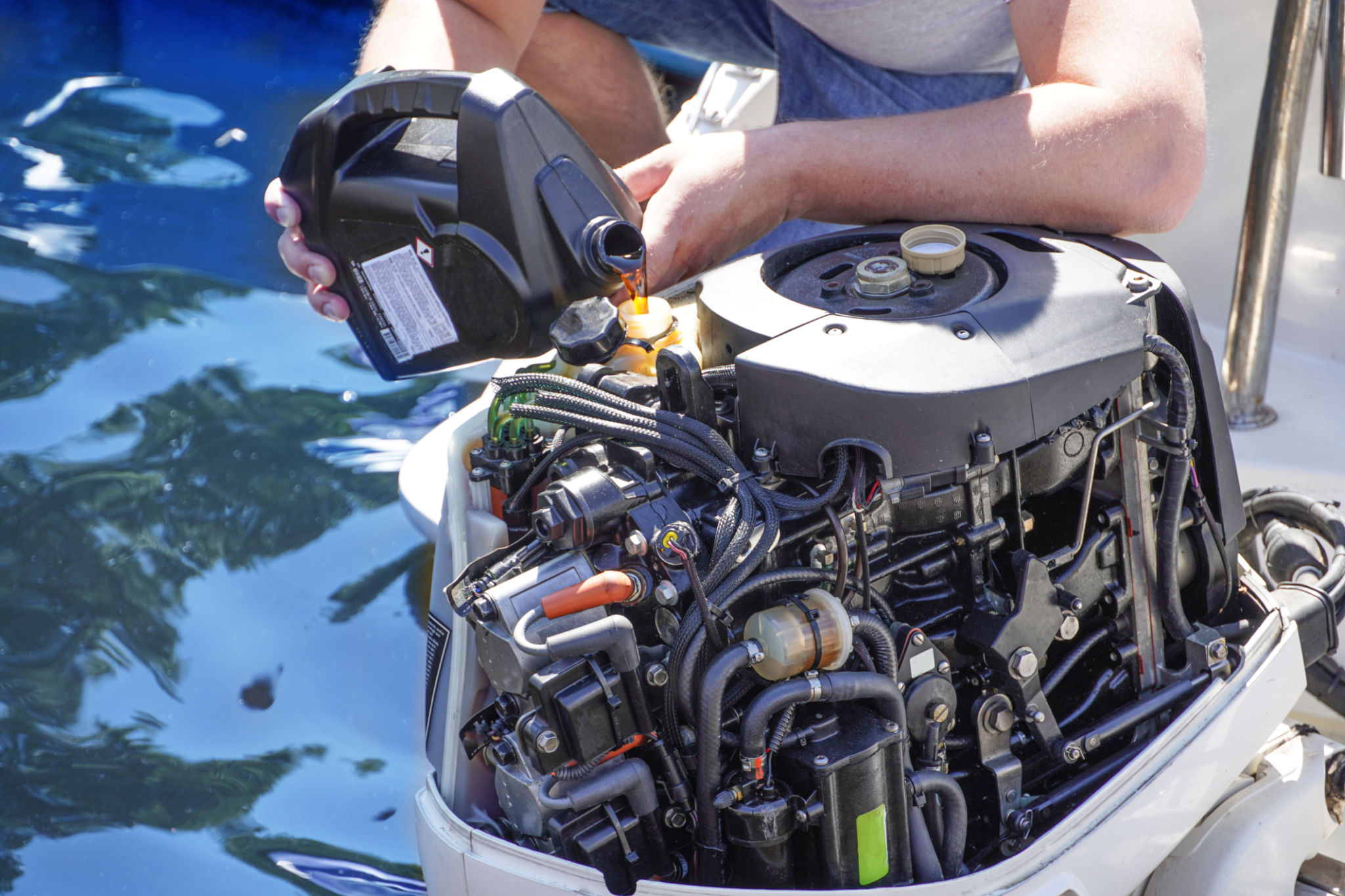The Ultimate Guide to Ceramic Coating for Boats: Benefits and Application
Understanding Ceramic Coating for Boats
Ceramic coating has become an increasingly popular option for boat owners looking to protect and enhance the appearance of their vessels. This advanced form of protection involves applying a liquid polymer to the boat’s surface, which chemically bonds with the paint to create a robust shield. Unlike traditional wax, ceramic coatings offer long-lasting protection against environmental hazards.
Boat owners are turning to ceramic coatings due to their superior ability to repel water, dirt, and grime. This not only keeps the boat looking pristine but also reduces maintenance efforts significantly. In this guide, we will explore the numerous benefits of ceramic coating for boats and the essential steps for proper application.

The Benefits of Ceramic Coating
One of the primary advantages of ceramic coating is its ability to provide exceptional UV protection. By shielding the boat’s surface from harmful ultraviolet rays, the coating prevents paint oxidation and fading, maintaining the vessel’s vibrant color for years. This is particularly beneficial for boats exposed to direct sunlight regularly.
Ceramic coating also boasts remarkable hydrophobic properties. Water and other liquids bead up on the surface and roll off effortlessly, leaving minimal residue behind. This property not only enhances the boat’s appearance but also makes cleaning a breeze, as dirt and grime have a harder time adhering to the surface.

Durability and Longevity
When it comes to durability, ceramic coatings outperform traditional waxes and sealants. While wax may require reapplication every few months, a properly applied ceramic coating can last several years. This extended lifespan translates into cost savings for boat owners, as less frequent applications are needed.
Moreover, ceramic coatings offer an additional layer of protection against minor scratches and abrasions. Although it is not a substitute for a quality gel coat or paint job, it adds an extra level of defense that can preserve your boat's aesthetic appeal.

Application Process
Applying ceramic coating to a boat requires careful preparation and attention to detail. The process typically involves the following steps:
- Thorough Cleaning: Begin by washing the boat thoroughly to remove all dirt, grime, and residues.
- Surface Preparation: Any imperfections such as scratches or oxidation should be corrected using polishing compounds.
- Application: The ceramic coating is applied in small sections using an applicator pad, ensuring even coverage.
- Curing: Allow the coating to cure according to the manufacturer’s instructions, which may vary based on environmental conditions.
Maintenance Tips
Once your boat is coated, maintaining it is relatively straightforward. Regular rinsing with water will help keep it clean, while periodic washing with a pH-neutral soap ensures that the hydrophobic properties are maintained. Avoid using abrasive materials that could damage the coating.
Inspecting your boat periodically for any signs of wear will help catch potential issues early. Touch-ups may be necessary if certain areas show signs of degradation over time.

Conclusion
Ceramic coating offers a wealth of benefits for boat owners seeking to enhance and protect their vessels. From UV protection and hydrophobic properties to increased durability and ease of maintenance, this advanced solution is worth considering for anyone looking to preserve their boat's beauty and functionality.
By understanding the application process and committing to regular maintenance, you can enjoy the lasting benefits of ceramic coating on your boat. Whether you're a seasoned sailor or a weekend enthusiast, investing in ceramic coating can significantly elevate your boating experience.